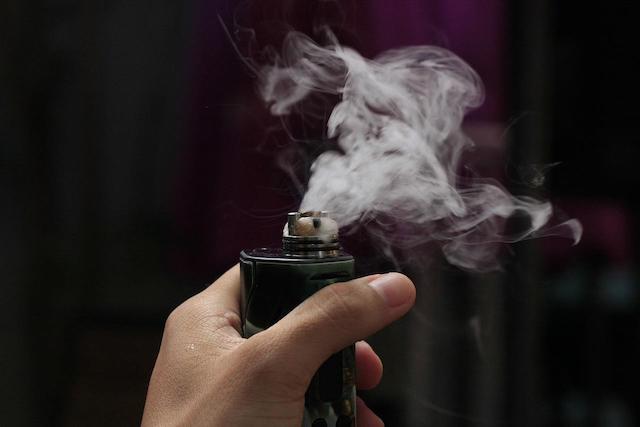Many people view vaping as a “safer” or “healthier” alternative to traditional cigarettes. This perspective, however, is not supported by scientific evidence. While the health risks of smoking are well-documented and devastating, vaping is not a harmless substitute. It introduces a new set of dangers, and its long-term health consequences are still being uncovered. This is a critical public health issue that requires a clear understanding of the facts.

The False Premise of a “Healthier” Alternative
The idea that vaping is a healthier choice is a dangerous oversimplification. It’s a classic case of comparing two harmful substances and assuming one is benign. Cigarettes were once marketed as a safe and even beneficial product, and the serious illnesses they cause were unknown to the public for decades. We now have irrefutable evidence of the short and long term harm caused by smoking, from cancer and heart disease to chronic respiratory conditions.
Vaping is following a similar trajectory. We are now in a period of learning about its risks, and the evidence so far is alarming. Just as with cigarettes, the full scope of long-term damage may not be known for years, but what we do know is a cause for serious concern. The claim that vaping is “just water vapour” is a pervasive and dangerous myth.
The Documented Health Risks of Vaping
The aerosol produced by e-cigarettes is a complex mixture of toxic and potentially harmful substances. It is not just water vapour; it’s a chemical cocktail that can cause significant harm to the body. Here are some of the key health concerns associated with vaping:
- Nicotine Addiction: The vast majority of e-cigarettes contain nicotine, a highly addictive substance. Nicotine can harm the developing brains of adolescents and young adults, affecting critical functions like attention, learning, and impulse control. For pregnant individuals, nicotine exposure is a serious risk to the foetus, linked to low birth weight and premature birth.
- Harmful Chemicals and Substances: Vaping aerosol can contain a variety of dangerous compounds, including:
- Carcinogens: Cancer-causing chemicals like formaldehyde, benzene, and acrolein.
- Volatile Organic Compounds (VOCs): These can cause irritation to the eyes, nose, and throat and may damage the liver, kidneys, and nervous system.
- Heavy Metals: Inhaled particles of heavy metals such as nickel, tin, and lead.
- Flavouring Chemicals: Some flavourings, such as diacetyl, have been linked to “popcorn lung” (bronchiolitis obliterans), a serious and irreversible lung disease.
- Lung and Cardiovascular Health: Vaping poses a direct threat to the respiratory and cardiovascular systems. The tiny particles in the aerosol are inhaled deep into the lungs, leading to inflammation and cell damage. Vaping has been linked to conditions like asthma, chronic bronchitis, and EVALI (e-cigarette, or vaping, product use-associated lung injury), which has resulted in hospitalisations and deaths. Nicotine’s effects on the cardiovascular system—raising blood pressure and heart rate—also increase the risk of heart attack.
- Unsanitary Risks: The mouthpieces of vapes can be swarming with harmful bacteria and fungi, which can be transmitted through sharing, leading to airway inflammation and other infections.
- Other Dangers: There have been reports of seizures linked to vaping, especially in young people. Users also commonly experience side effects like coughing, dry mouth, headaches, and shortness of breath. The risk of physical injury from exploding e-cigarette batteries is another serious, though less common, concern.
The Clear Public Health Message: Stop Smoking, Stop Vaping
The message is clear and unequivocal: both smoking and vaping are harmful to your health. Vaping is not a safe alternative; it is a different delivery system for a host of dangerous chemicals and carries its own significant, and in some cases, unknown, health risks. The most effective way to protect your health is to avoid both. For those who smoke and are looking to quit, scientifically proven methods like nicotine replacement therapy, counselling, and hypnotherapy are the safest and most effective approaches, as they are medically regulated and have been shown to work.


